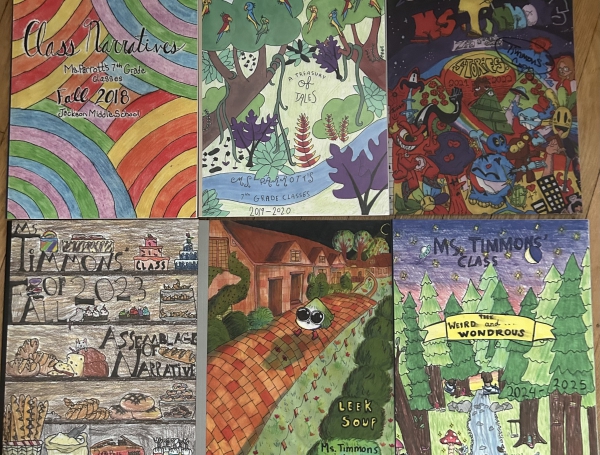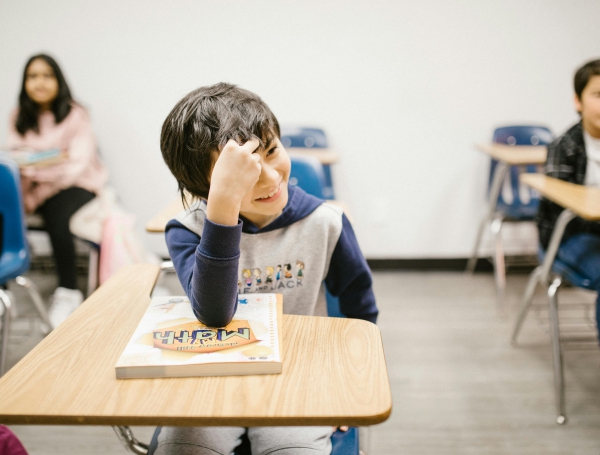
.png)
Small Steps to Building Self-Confidence
September 25, 2024
Maria entered the classroom and sat in the same place she always did, at a table by herself, far away from all of the other students. No matter what type of interaction I had with her, her large eyes looked terrified that she might have to produce some kind of verbal answer or written work. When I tried to assign different seats so she could get peer support in one of her native languages, she appeared even more scared, even desperate. So I let her sit in the only spot where she was comfortable, but she was consistently unable to participate in any type of classroom activity, no matter how casual. Other teachers described Maria as “painfully shy,” but even if that was true, then we needed to find some way to get her to engage with the class. She was falling further and further behind.
Amy was the only other student who spoke as little as Maria, but she was excelling in all of her classes. I decided to sit Amy at the same table Maria preferred and began regularly checking in with Maria on any task. If there was written work, I would go there first, review the directions, and work through the beginning until Maria could attempt it by herself. For speaking tasks, I would allow her to talk quietly to me during small group time and then I would speak for her when sharing with the whole class. Maria slowly started attempting work when supported. But the real success came when I walked back to help get Maria started, and Amy was already doing what I would have done. She was reviewing the instructions and had written a few notes we had just done in the margin of the paper. Soon after that, I didn’t have to go have the quiet conversations with Maria because she was already having them with Amy. Even though they had different first languages, they had found a way to work together on their own.
To me, these small successes highlight the absolute need to help build self-esteem and confidence in students. All of Maria’s teachers had academic concerns about her and by the end of the year, the school team had begun the evaluation process for special education. She did not earn a grade or credit in many of her classes because she literally could not attempt the work. But she was not incapable of completing assignments; she needed support to begin to engage with her learning in a positive way. A classroom culture that encourages peer relationships can make all the difference to reduce social isolation and foster a supportive learning environment. Classroom participation can increase when accommodations are made for alternative formats for assignments, assistive technology, and alternative assessments.
Only the future will tell what more we can know about Maria’s learning differences. But whether she is impacted by dyslexia or something else, we do know building confidence is key to student success. Most teachers can probably envision a student like Maria who sits quietly in class and never demonstrates disruptive behavior. I know firsthand that these students are often overlooked for that very reason… they don’t draw attention to themselves. But instead of letting them fall to the wayside, let’s give them some tools to become a contributing member of the classroom community. I only wish I had found more ways to do that for Maria, and sooner.
This guest article was written by Heather Fellers while taking the course Dyslexia 101 by THI instructor Rachel Mulder.




